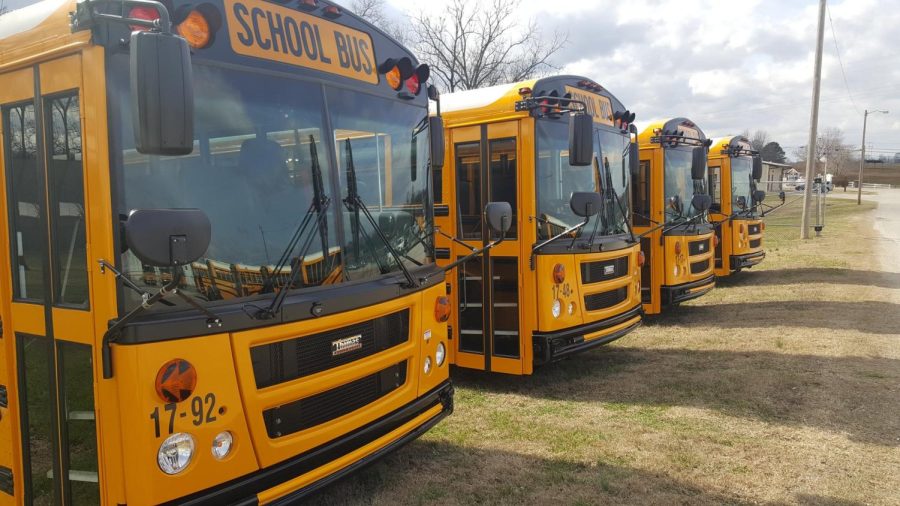It’s time to immerse more students into language classes
November 16, 2016
More than 27,000 MCPS students take a foreign language in high school; however, only about 1,500 reach the AP level in languages and become fluent without attending a supplementary program. The best way to fix this fluency deficit is to implement immersion programs.
Immersion programs teach students traditional subjects in a foreign language. MCPS has immersion programs, but they’re currently offered at only seven elementary schools—three devoted to Spanish and two each for French and Chinese. Five of the seven schools are in the Silver Spring area, and two are near Rockville. None of the programs are in the Whitman district, or even the Northern part of the county.
This limited availability isn’t meeting the demand for language immersion programs in the county—619 kids applied for entry into an immersion program in 2013 for only 286 possible spots.
MCPS should expand language immersion programs in elementary schools to cover a greater portion of the county. This would help satisfy the demand for authentic language-learning and enable more students to achieve fluency in foreign languages.
Learning a second language has numerous benefits: students who learn a second language in school exhibit better critical thinking skills, creativity and mental flexibility, according to a 2014 Harvard University study. Also, in both math and verbal tests in English, the students in this study who learned a second language consistently outscored their peers who didn’t study a foreign language.
Young children, who especially benefit from learning a second language, according to the study, are also more capable of learning a second language than older children; young minds are more receptive to pronunciation and are more deeply affected by new vocabulary and linguistic concepts. Shifting the bulk of language education to elementary school would improve the effectiveness of MCPS language education.
Moreover, immersion education is consistently more effective for achieving fluency than classic learning techniques, the Center for Advanced Research on Language Acquisition found. This makes immersion programs even more valuable as they could enable far more MCPS students to graduate high school fluent in a second language.
I can speak to the benefits of MCPS’s few immersion programs myself; I went to Rock Creek Forest, an MCPS elementary school that has full Spanish immersion. My classmates and I were fully fluent by second grade, and that skill has often been valuable to me—both in school and out.
Opponents say that it will be hard to transition schools into this bilingual system and may require additional funding. This actually isn’t the case: the curriculum is already written for these programs and would only need to be replicated in more elementary schools. Staff can be recruited and trained based on guidelines already set by a 2010 MCPS panel which recommended adding new immersion programs. Additionally, while immersion schools have special grants, they don’t cost any more in total than a school without immersion.
MCPS has long praised the benefits of learning foreign languages. It’s time they acted to expand that opportunity.








